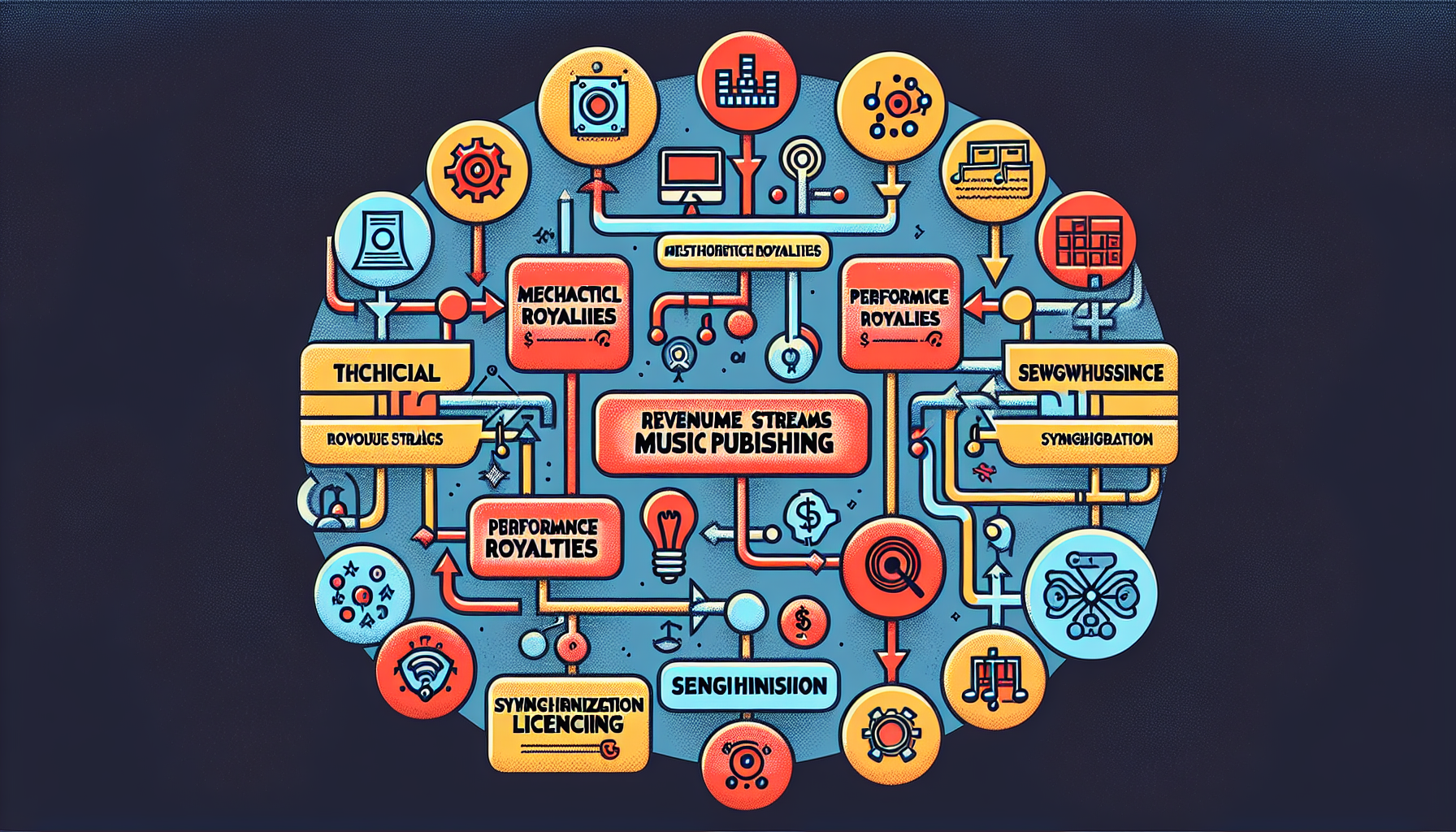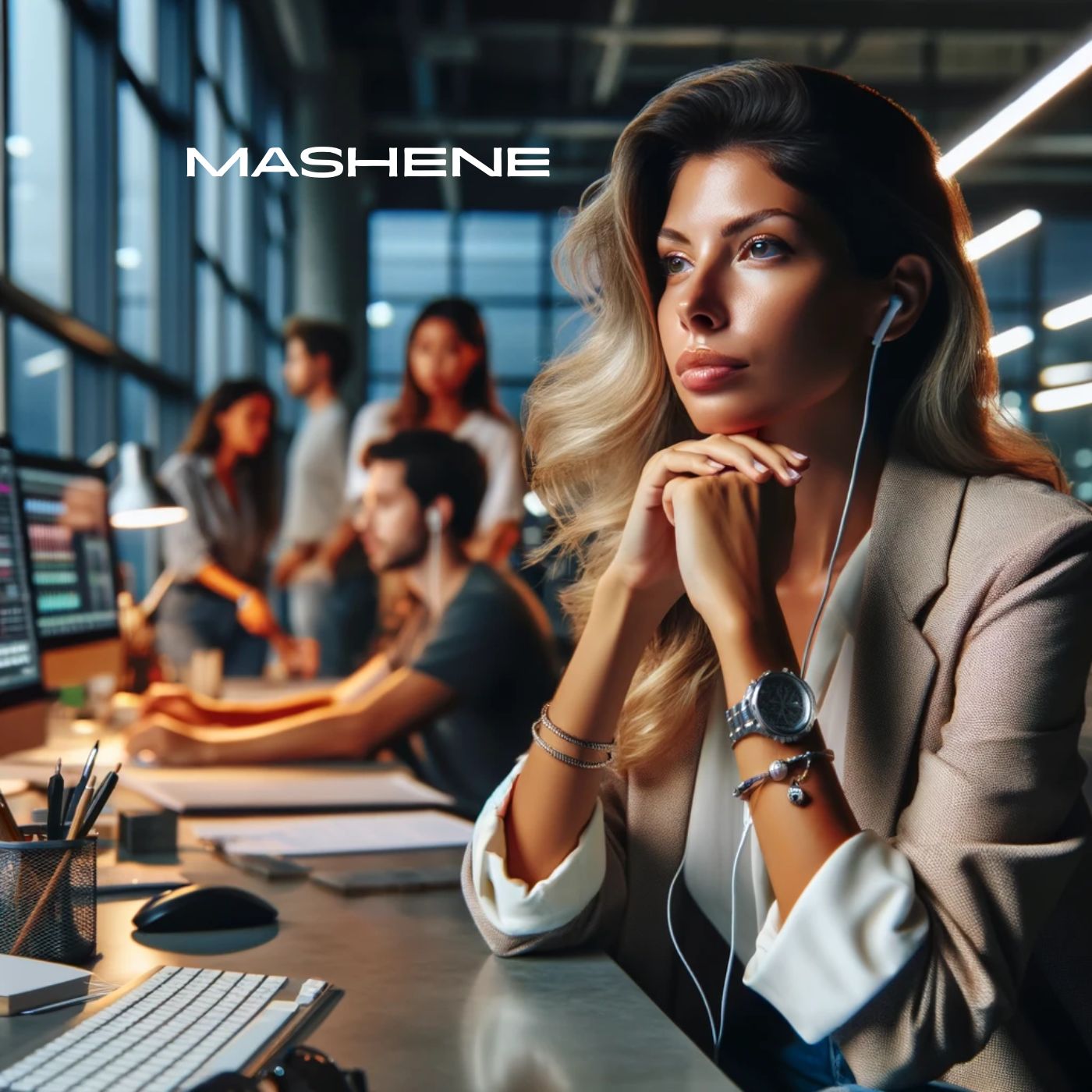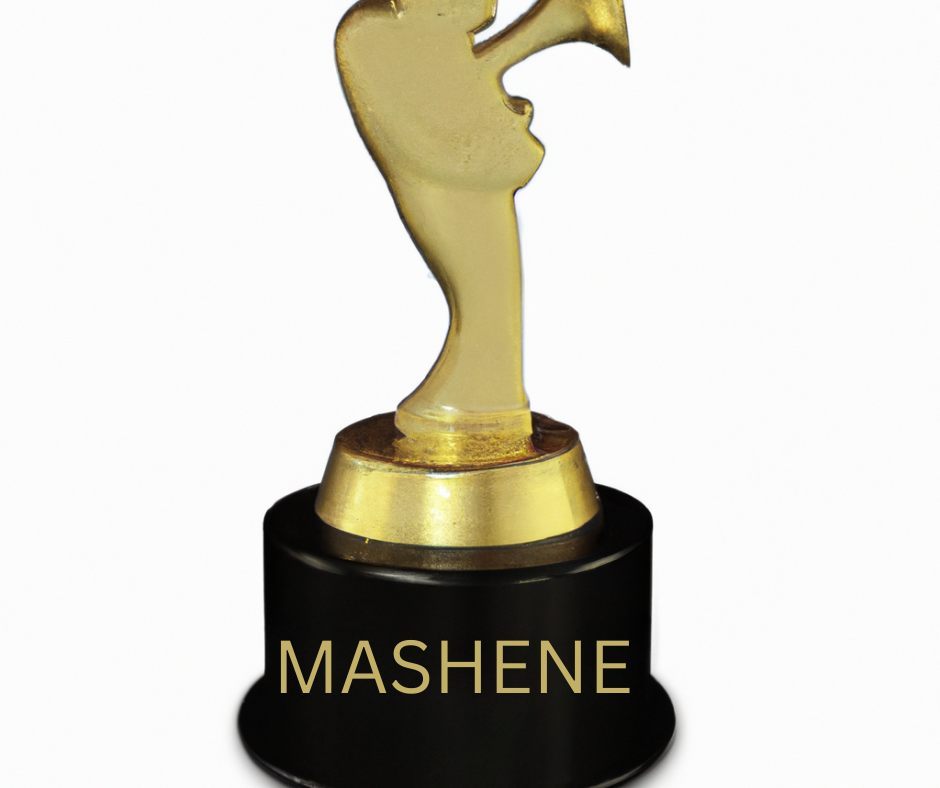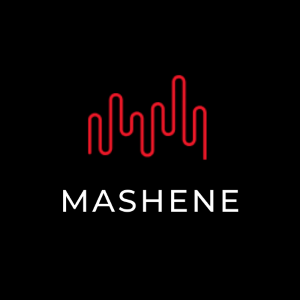Tag: Sync licensing
-

Understanding Music Publishing Revenue Streams
Understanding music publishing revenue streams is crucial for music creators to ensure they are fairly compensated for their work. By knowing how royalties are generated, collected, and distributed, artists can make informed decisions about their careers, negotiate favorable deals, and protect their intellectual property rights.
-

2024’s Sync Revolution: Capture Every Trend Old Tracks Won’t Cut It. Discover What’s Next!
Dive into 2024’s sync licensing scene, where Afrobeats and Amapiano set the stage for an audio revolution, and Latin genres bring vibrant energy to every beat. Country music emerges as an unexpected hero, offering fresh, upbeat tracks for diverse media. Embrace this dynamic shift and stay at the forefront of the industry’s evolving soundscape
-

Indie Power Play! Report Unveils Independent Publishers’ Dominance with 27.1% Share of Global Market, Overtaking Sony Music Publishing
Independent publishers dominate with 27.1% share of global publishing market, surpassing major labels, generating $13.5 billion in revenue in 2021, driven by sync licensing, reveals report from Independent Music Publishers International Forum.
-

Expand Your Company’s Reach Globally with Sync Licensing Music
This article discusses the benefits of sync licensing music for corporate media managers looking to reach a global audience. By using established music in media productions, companies can build brand recognition, target specific demographics, and create emotional connections with their audience. Working with experienced sync licensing agencies can help navigate the licensing process and find…
-

Sync Licensing Music for Advertising Campaigns: Dos and Don’ts
“Sync licensing music for advertising campaigns can be a powerful tool, but it’s important to work with a reputable agency, obtain all necessary licenses, and choose music that aligns with your brand’s values. Avoid using unlicensed music and overlooking copyright law.
-

Why Sync Licensing is a Key Revenue Stream for Business
Obtaining permission to incorporate a piece of music into a film, television show, video game, or any other form of media is known as sync licensing.
